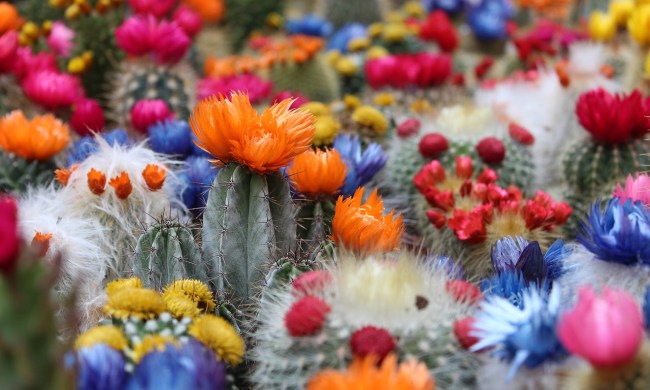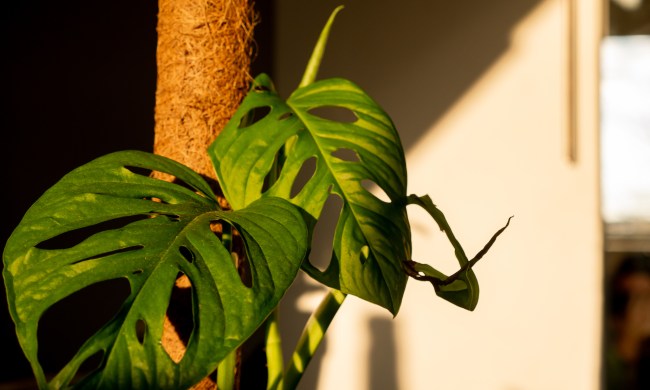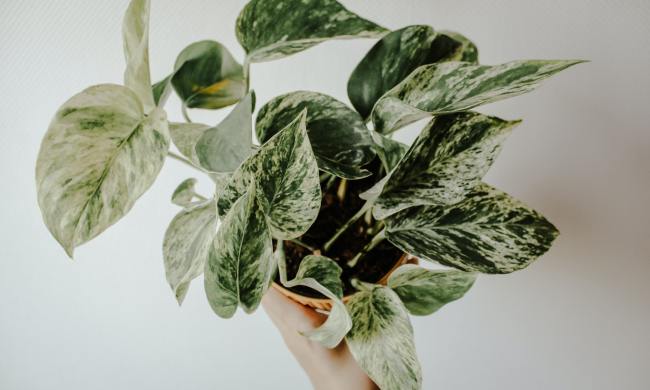Like most other cacti, the prickly pear cactus is relatively easy to care for. Their cold tolerance and love of dry conditions makes them appealing for not only indoor gardeners but outdoor gardeners in many different climates. The prickly pear cactus most commonly features flat green paddles with a blue tint. They’re covered in spines (sometimes large, sometimes small) and bloom yellow flowers around the mid-summer season. Depending on where you live and the variety you grow, there’s potential to have the prickly pear cactus as an outdoor garden or container plant.
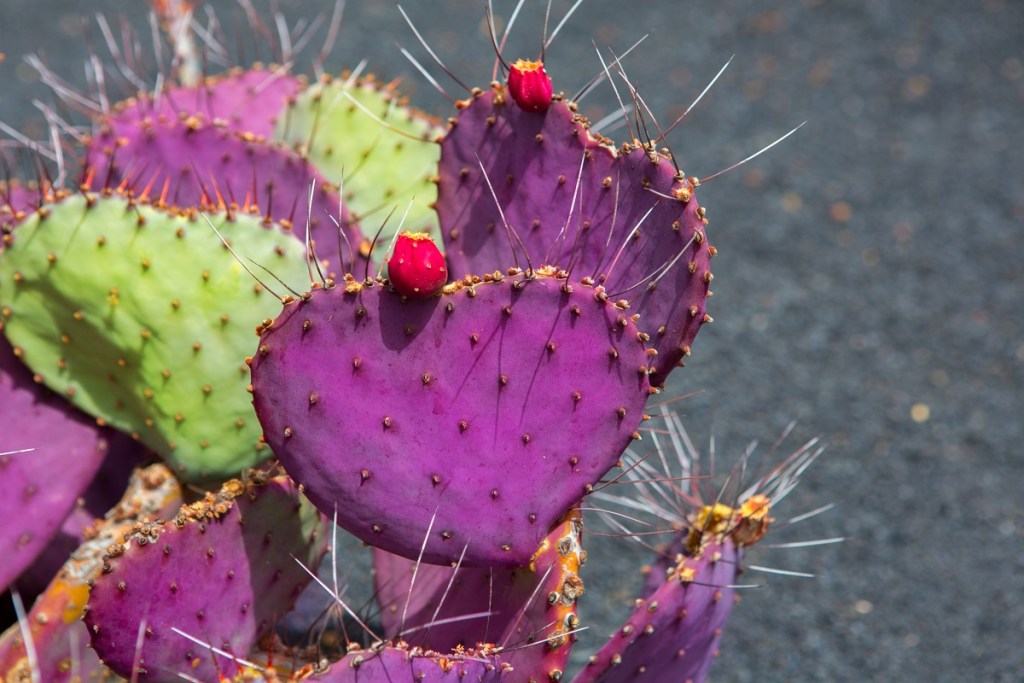
The varieties of prickly pear cactus
Prickly pear (Opuntia ficus-indica) and Eastern prickly pear (Opuntia compressa) are two of the common varieties you can find. That said, there are over 40 species of prickly pear cactus that you can get your hands on depending on where you live. Most varieties have larger spines while some have ones that resemble hair and will easily detach into your skin. Avoid touching at all costs, and handle every cactus with care.
Most varieties of the prickly pear cactus have edible fruit, which can vary in both shape and size. Some varieties, like the Eastern prickly pear, are smaller in size and lend themselves better to houseplants. Others, like the desert prickly pear, can grow up to 15 feet and may be best grown in climates where they can thrive in an outdoor garden.
Although many prickly pears have the well-known green/blue tint to the paddles, some of them can have different hues. Chances are you’ve seen a purple cactus floating about that looks almost identical to the prickly pear aside from coloring. That’s because it’s an Opuntia macrocentra (or purple prickly pear). Also known as black spine prickly pear and redeye prickly pear, the coloring of this variety is deepened during droughts. Best of all, the fruit of the purple cactus is still edible! So don’t let the vibrant coloring be a deterrent.
Why grow a prickly pear?
Perhaps the best part of growing a prickly pear cactus, other than its intriguing appearance, is the edible fruit it grows. The fruits of these cacti are a popular snack in Mexico and the Southwestern United States. Growing any variety of prickly pear cactus in your home means you’ll have a chance to enjoy the fruits, once grown, as candies, jams, jellies, snacks, and anything else you can think to do with them!
It’s important to note that the growth rate of prickly pear cacti is slow, and it can take at least three or four years before a plant starts to fruit. If you purchase one from a nursery and it isn’t growing fruit within the year, that doesn’t mean it never will. It just needs some love and patience.
Caring for your prickly pear cactus
Prickly pear cacti varieties are similar across the board when it comes to care requirements. The only thing you need to keep in mind is the temperature they prefer and the amount of cold tolerance they have. As with any plant, it’s important to familiarize yourself with the variety you own to best know what it needs.
Generally speaking, prickly pear cacti don’t need much fertilizer when they’re planted in the soil unless it’s lacking nutrients; however, like all houseplants, they’ll enjoy a good feeding once in a while during the growing season when in containers. Make sure to research a good fertilizer for prickly pear cacti before picking one off the shelf, that way it gets the right amount of nutrients needed to grow and thrive.
Light needs: At least six hours of direct sunlight per day (south- or west-facing window is preferred when grown indoors)
Water needs: Water only when soil is completely dry; prefers low-water conditions, so soil should only be moistened—not soaked—when watering
Soil needs: Well-draining, sandy soil is preferred, but a cactus mix will do well
Temperature requirements for your prickly pear cactus
The temperatures that the prickly pear cactus can survive in are wholly dependent on the variety. Because the Eastern prickly pear cactus is a common variety, you have to be mindful of which one you’re growing to know how warm they like to be. The Eastern prickly pear, for example, is a more cold-hardy variety that can thrive in USDA zones 4 through 9. It can survive temperatures down to 14 degrees Fahrenheit, but will thrive better when kept in warmer conditions.
Although other varieties of prickly pear have good cold tolerance as well, they can’t withstand the same extreme cold as the Eastern prickly pear. Desert nights can be cool, so some hardiness is expected. But in general, most varieties of prickly pear will do better in warmer spaces.
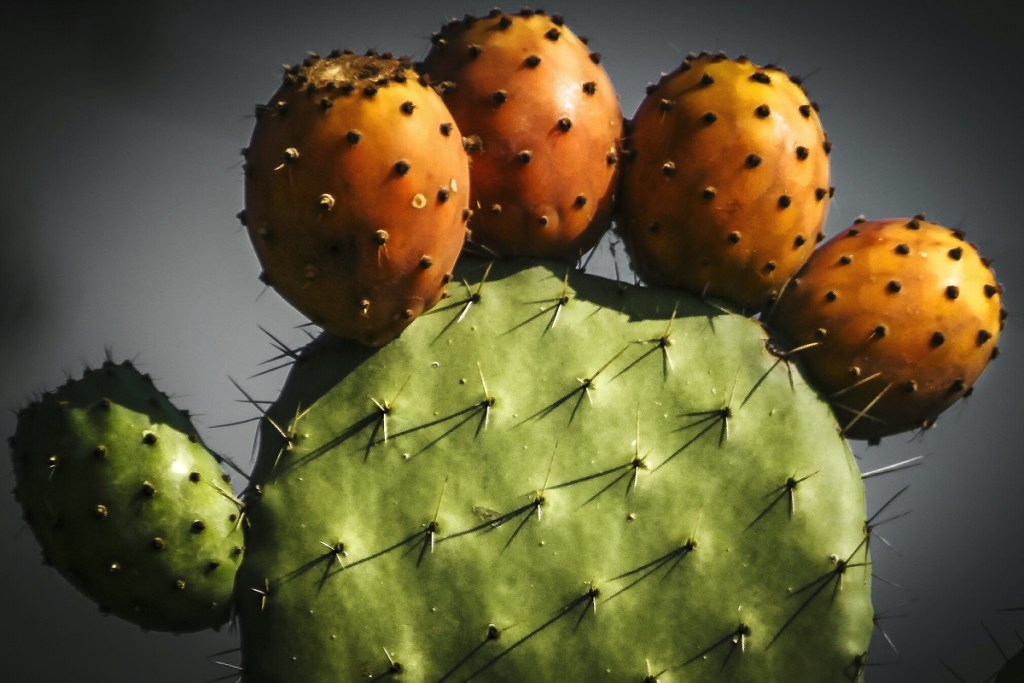
Can the prickly pear be propagated?
Absolutely! Most varieties of the prickly pear cactus can be propagated one of two ways: by seed or by cuttings. So if you have one that you love—like the purple cactus—and want to share with friends and family (or just have more for yourself), propagation is a great way to go.
By seed
Because prickly pear cacti grow fruit, propagating by seed is as easy as cutting open a ripe one, removing the seeds, and washing off the pulp. Let the seeds dry overnight, then sprinkle onto a pot of moistened, well-draining soil. Cover them with a thin layer of the potting mix you used, place clear plastic wrap over the top, and keep the container in a warm spot to encourage germination (which can take weeks or even months).
By cuttings
Propagating prickly pear cacti by cuttings is perhaps a more common way, since cuttings are often the main form of propagation for many species of cacti. Take a pair of sterilized scissors or shears, cut a few pads from the parent plant where they connect at the node (never slice a pad in half), then let the cut end callous over. Once healed, you can place the cut side of the pad into a pot with dry soil, holding off on watering until you start to see some new growth.
Prickly pear cacti are unique, easy to grow, and quite cute! Because of the sheer number of different varieties, you have a great selection to choose from when considering which one to add to your houseplant collection.
